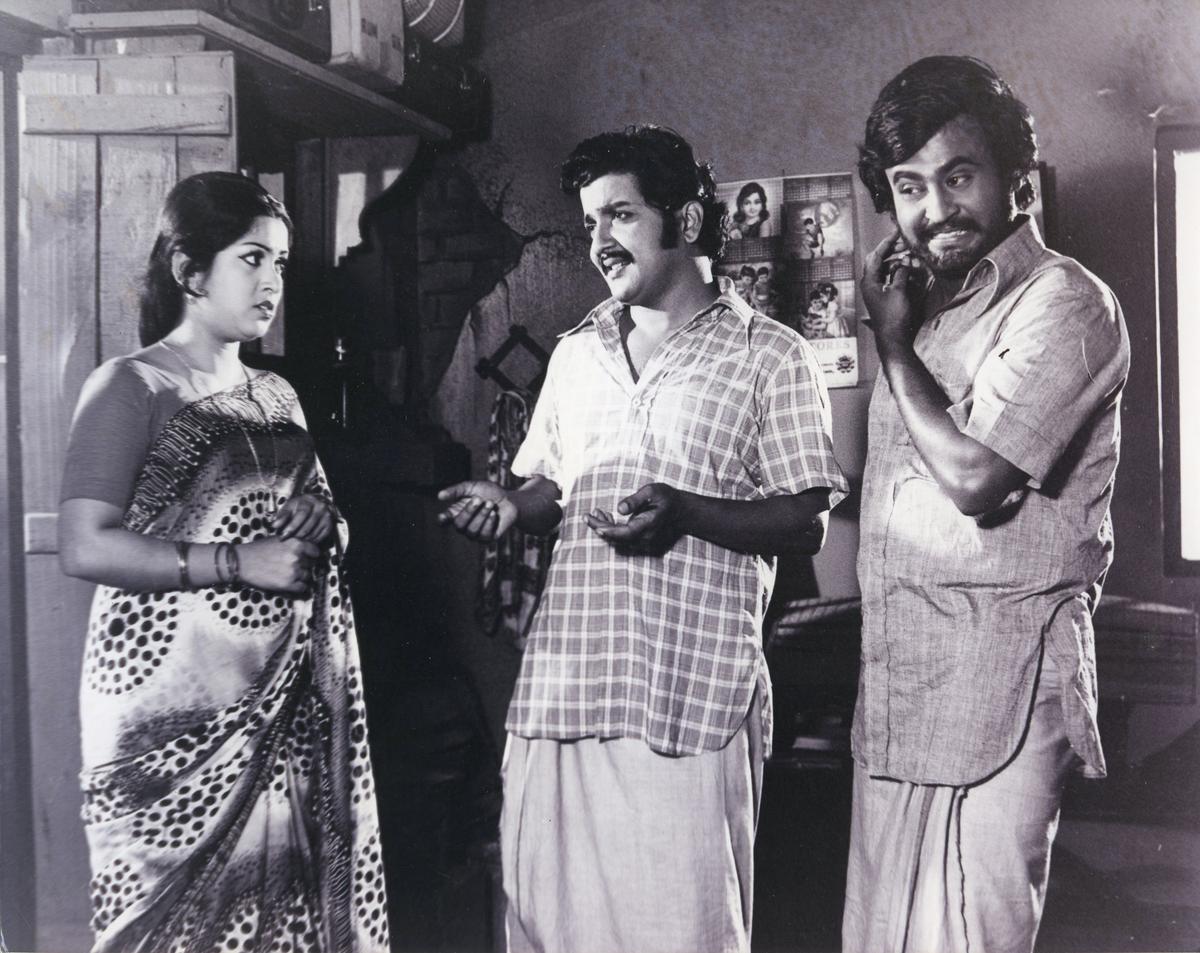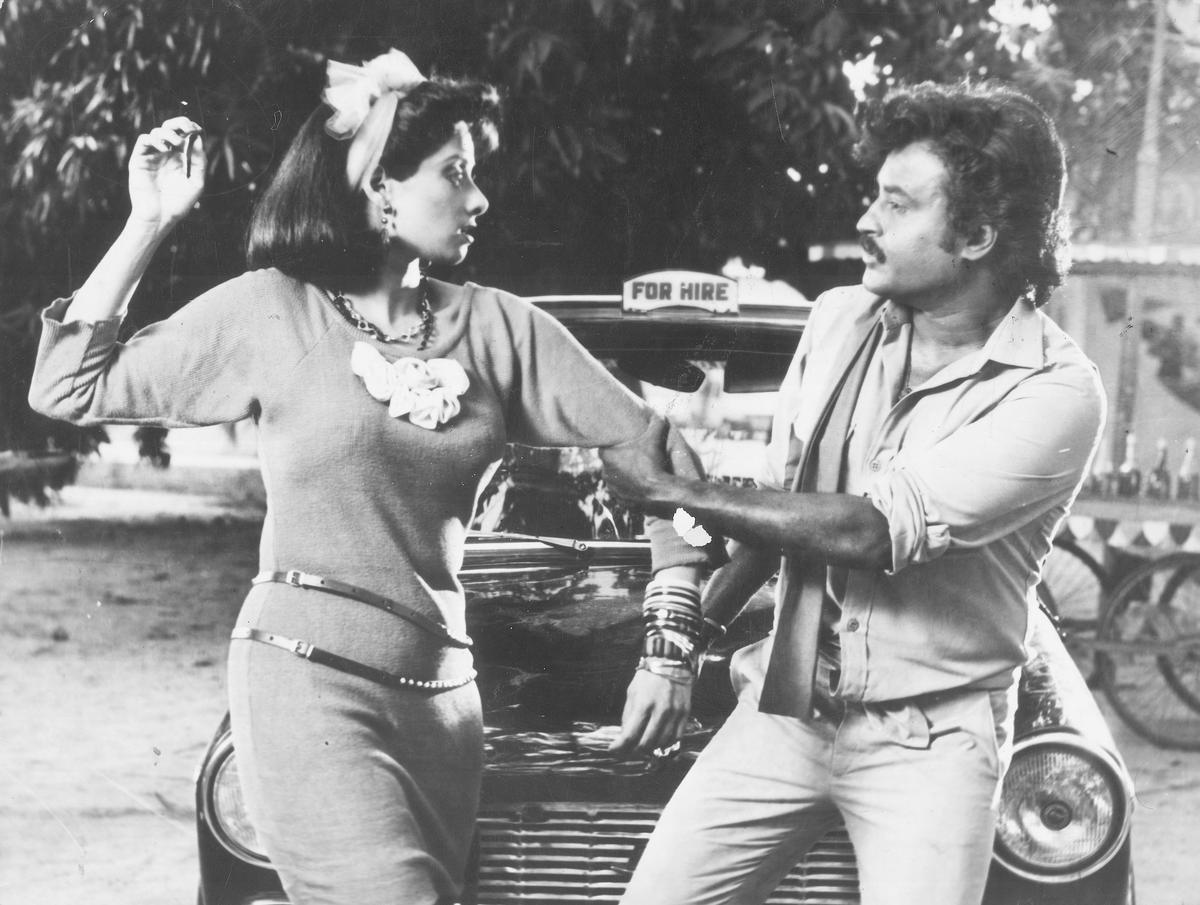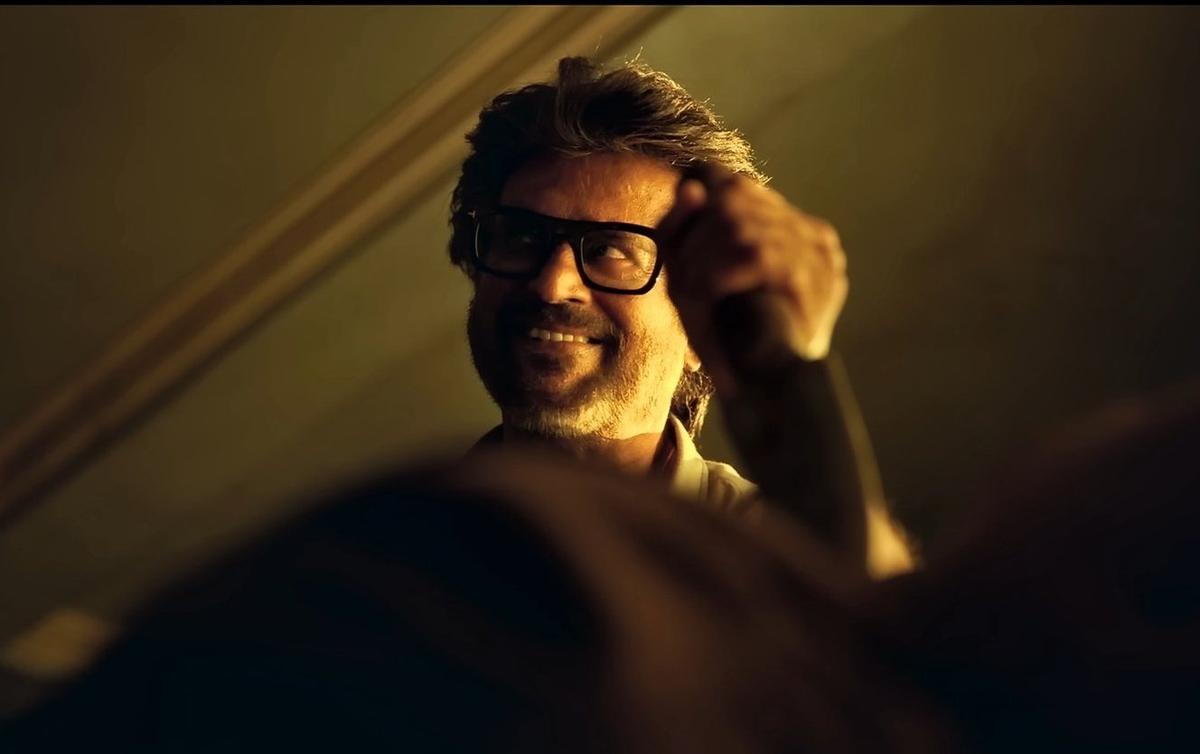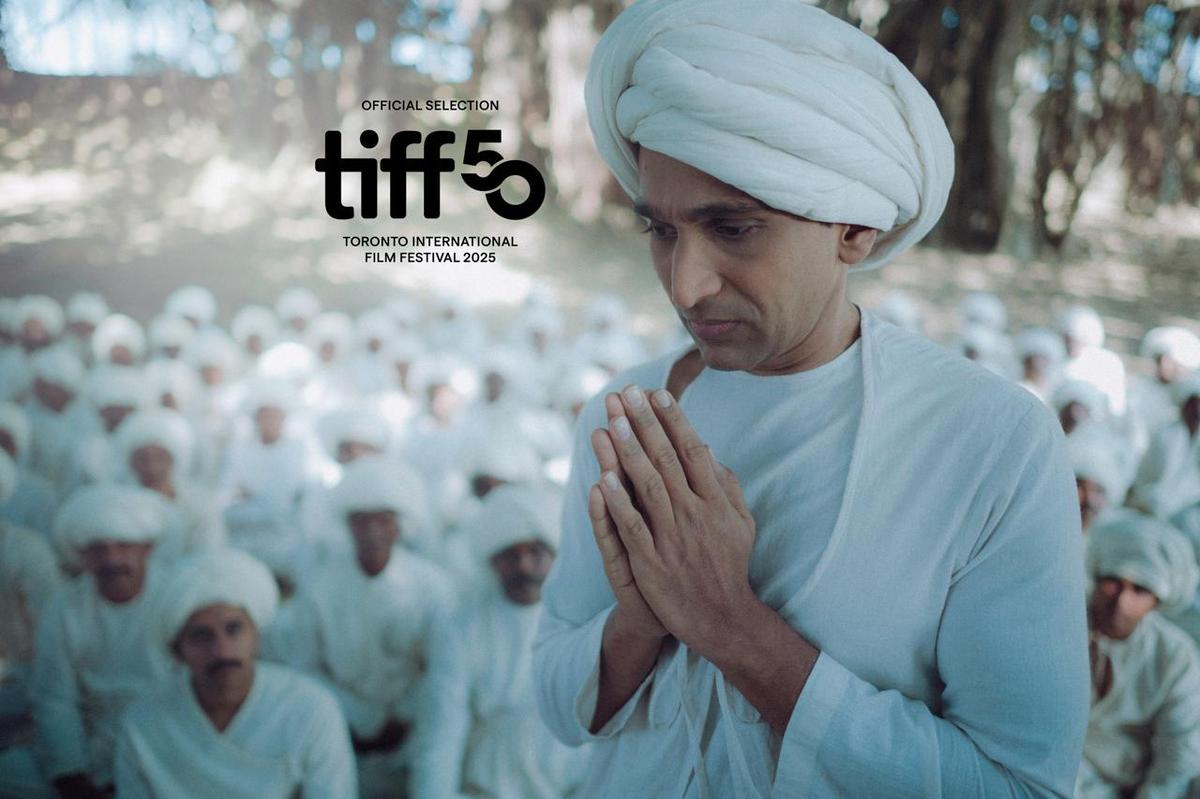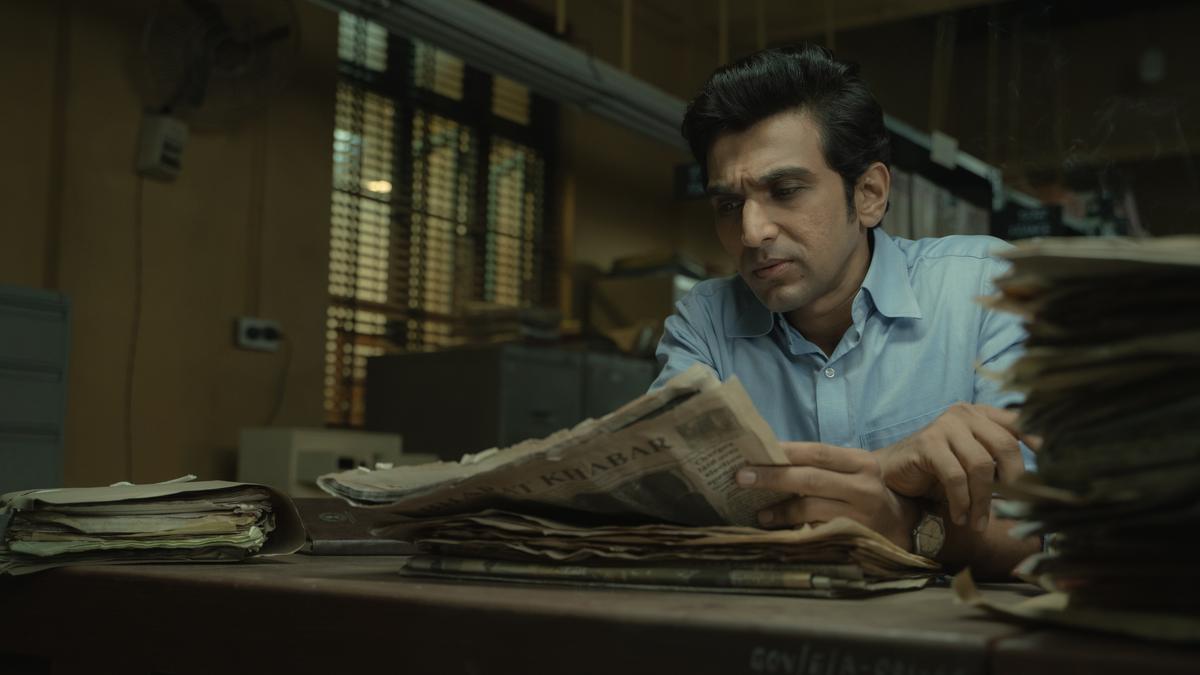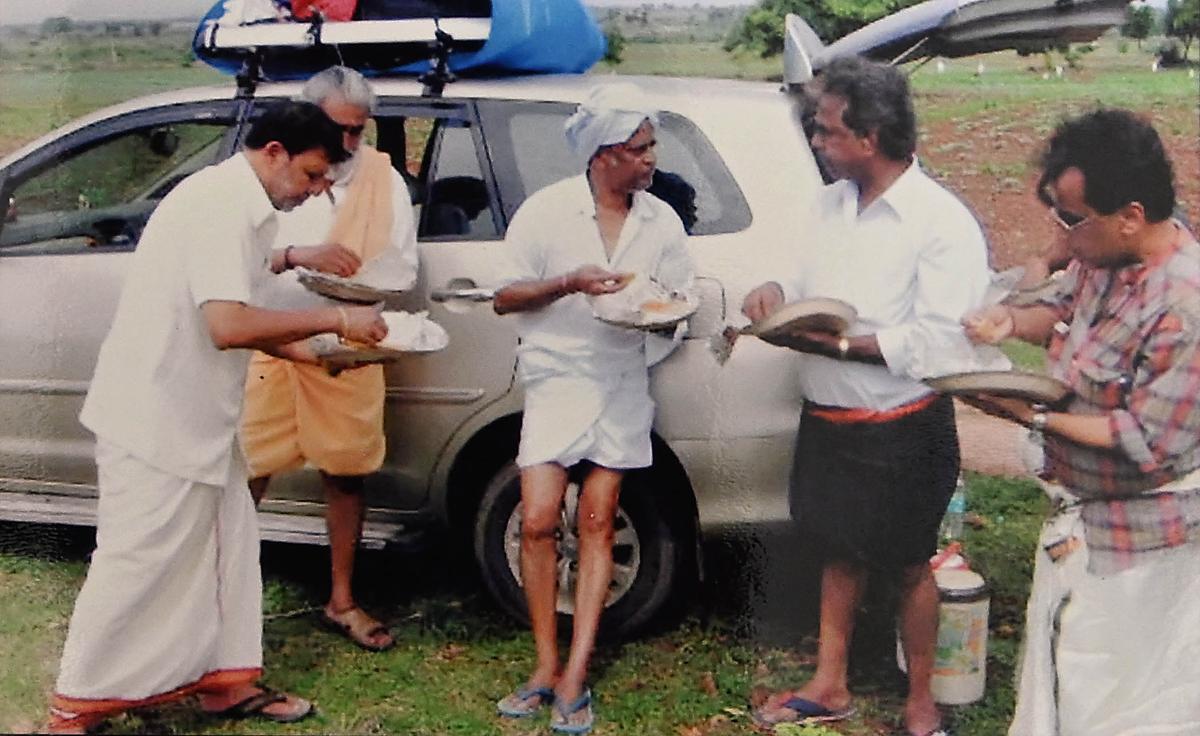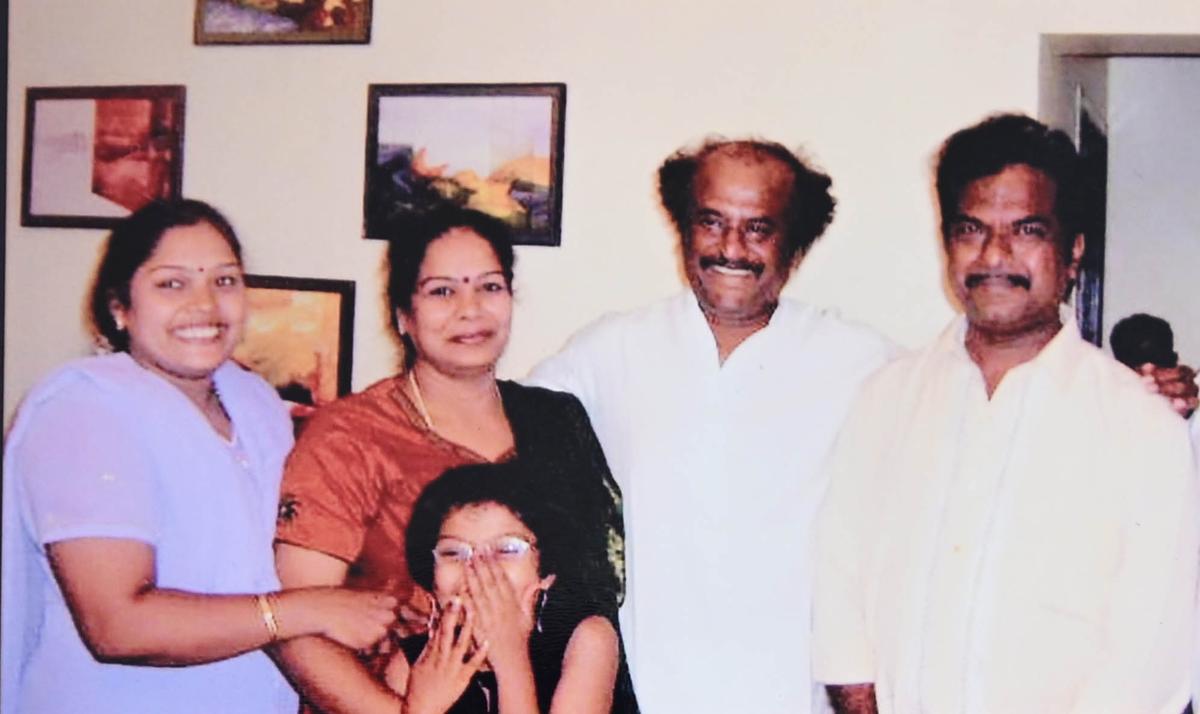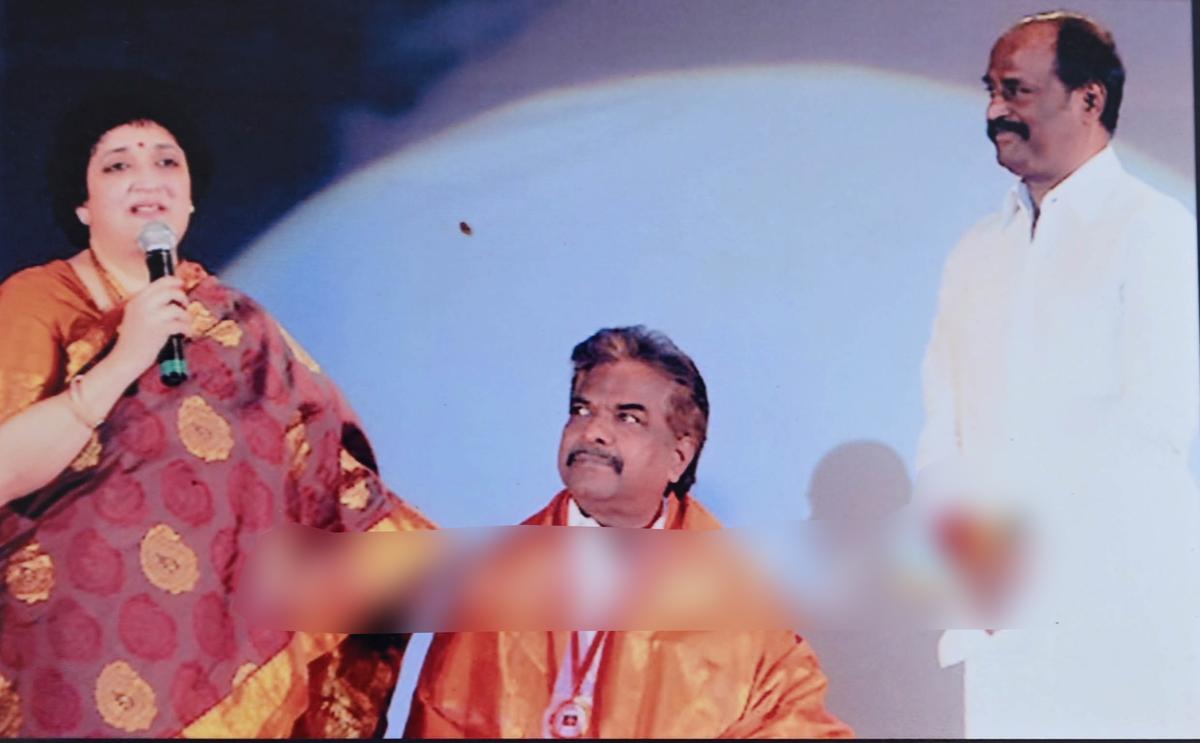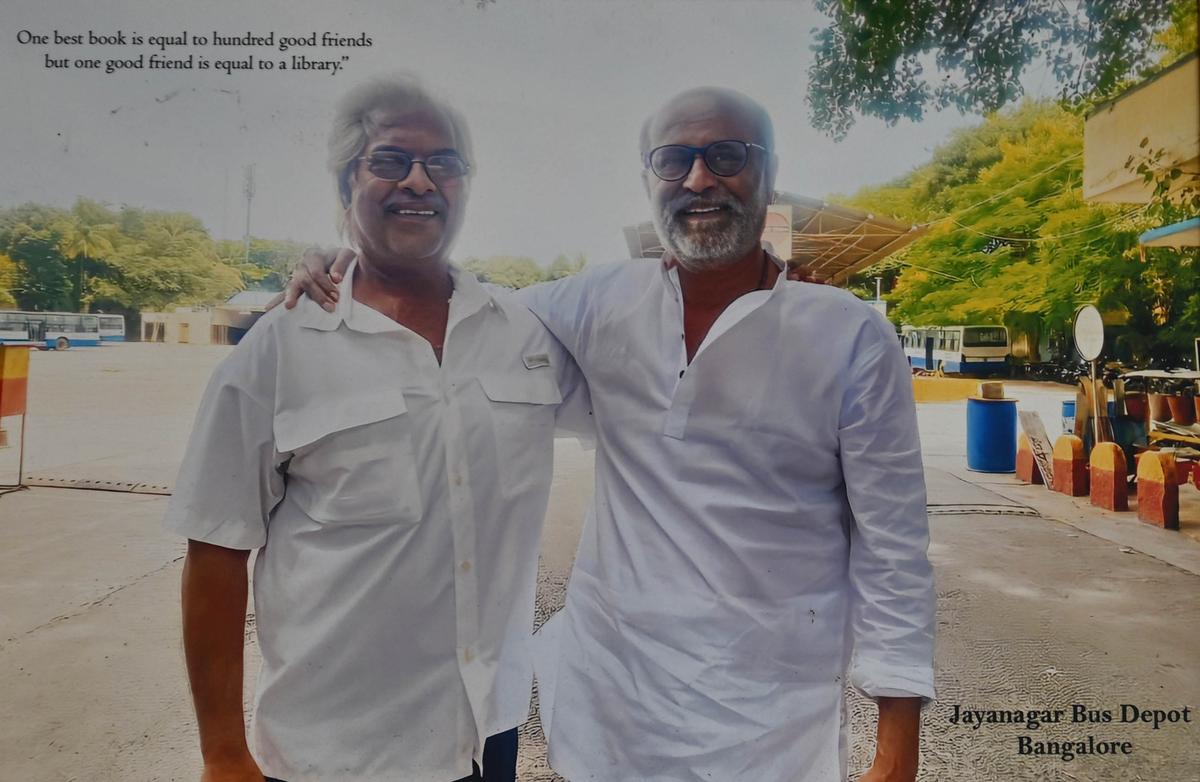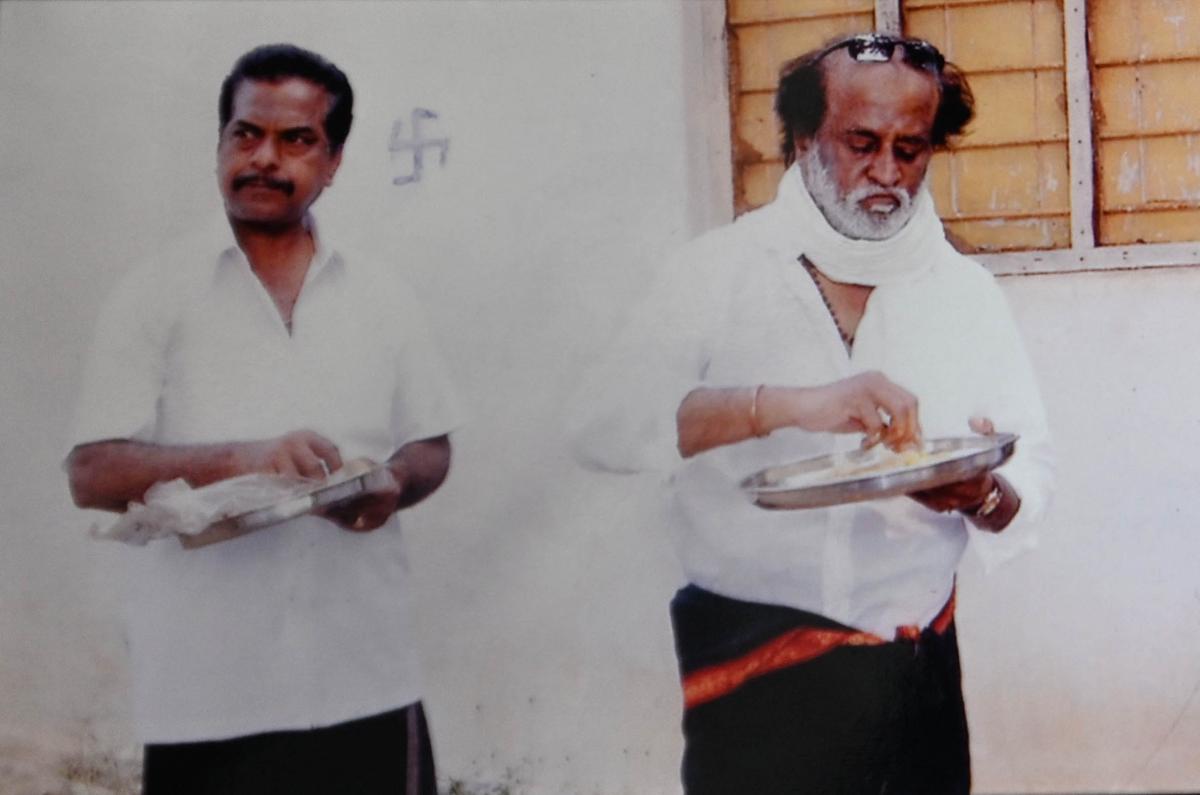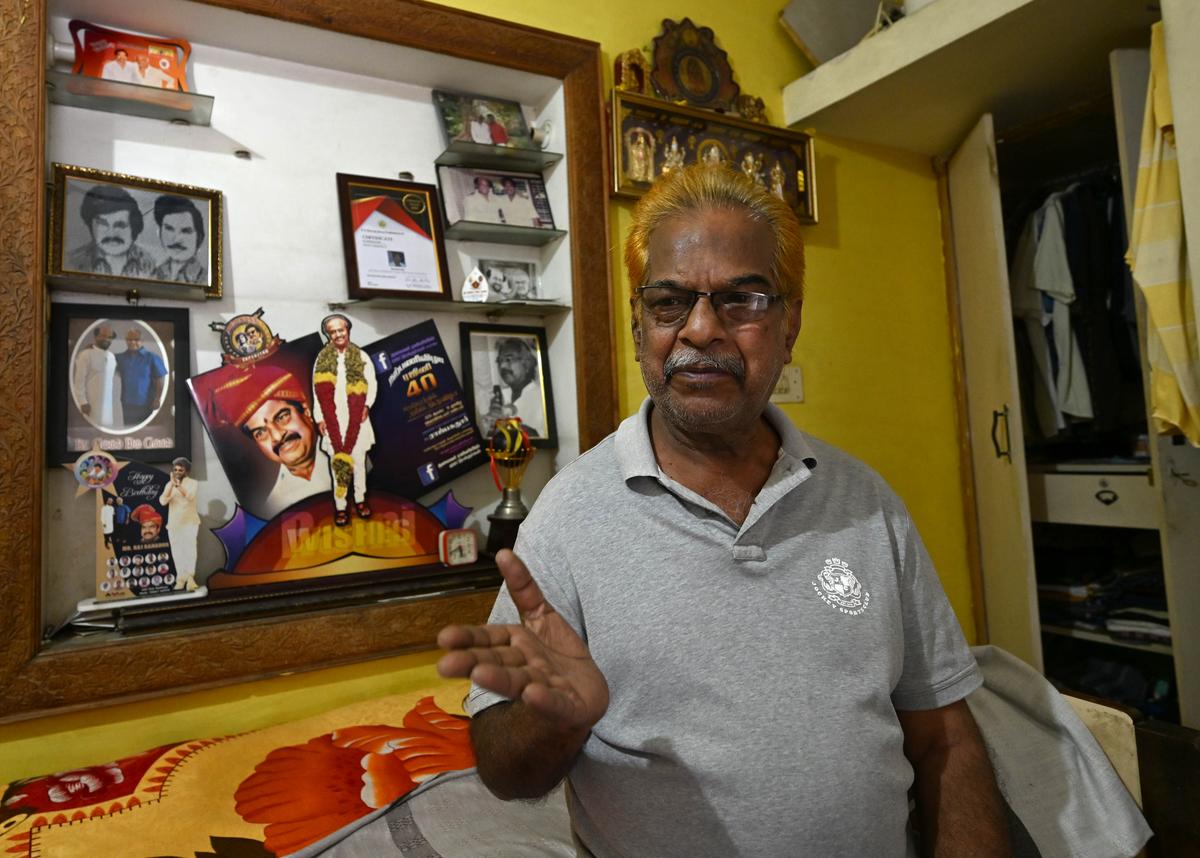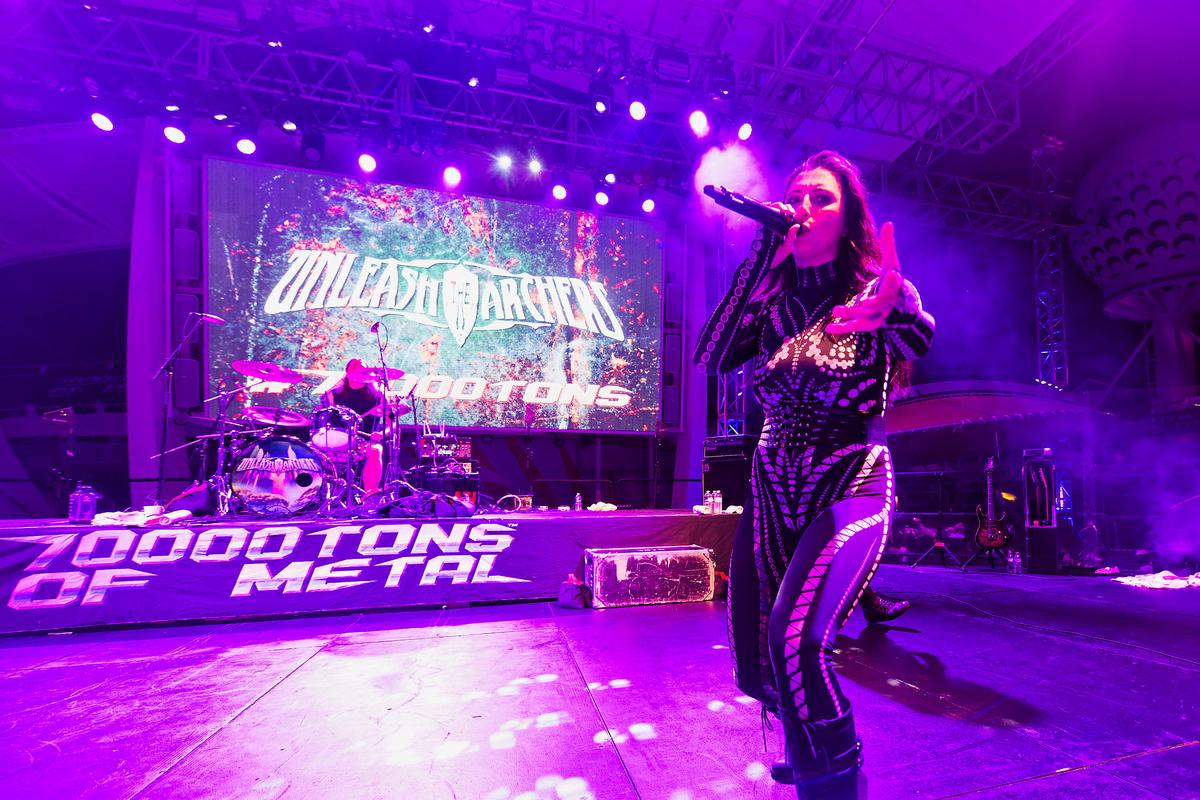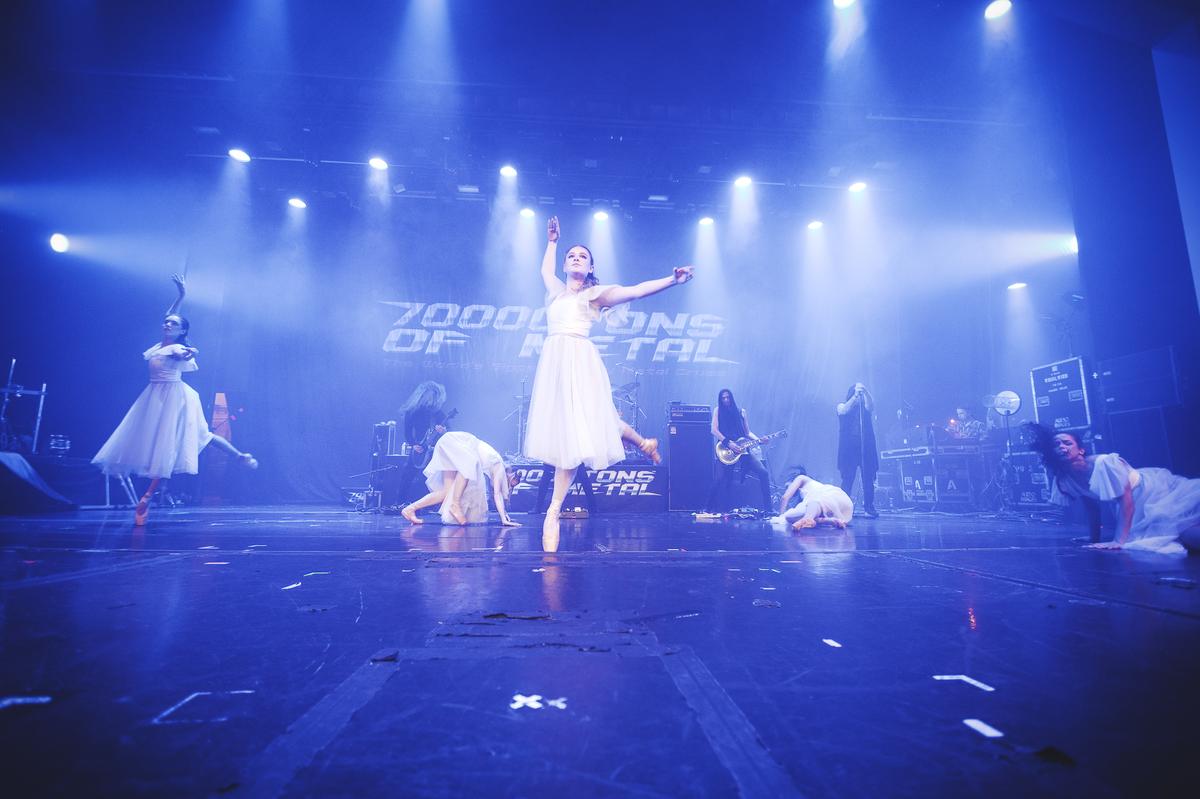Bengaluru might be the only city in India to have a festival dedicated to international heavy metal (the Bangalore Open Air, for the uninitiated), but occasionally, there are reasons to look elsewhere, especially when it is an experiential and getaway music festival all rolled into one, like 70000TONS of Metal.
The cruise festival held in the beginning of 2025, sailing from Miami to Ocho Rios in Jamaica and back, has now announced its 14th voyage. From January 29 to February 2, 2026, the festival will set sail from Miami to Nassau in the Bahamas.
With the tickets now live, the initial lineup for the upcoming edition includes veteran metal bands such as Dark Tranquillity, Eluveitie, Kamelot, Skeletal Remains and Gama Bomb, plus acts like Harakiri for the Sky.
At the 2025 edition, the draw for 70000TONS of Metal was obvious for anyone in that side of the world — Miami was a pleasant (and occasionally warm) 25 °C when most of Europe and even other parts of the United States were freezing at the end of January. Europeans and Americans are in the majority among a total of 81 nationalities aboard the Independence of the Seas, the ship that housed 3,006 guests.
On the high seas
On a luxury cruise, whose gross tonnage is actually over 155,000 tons, the festival name is a reference to the massive lineup of 61 bands. Everything is comfortable and within reach as long as you can afford it. While 70000TONS of Metal can boast about being the world’s biggest heavy metal cruise due to the number of bands and attendees, there are several cruises that bring heavy metal to fans around the world.
70000Tons of Metal aboard the Independence of the Seas
| Photo Credit:
Mihaela Petrescu
There is ShipRocked in the United States, Full Metal Cruise in Europe’s Baltic sea, Headbangers Boat that goes from Miami to Mexico, Monsters of Rock also in North America and debuting in October 2026, Australia’s very first metal cruise, Hellbound, that is already sold out.
It is clear to see how the premium aspects of music festivals are only now making their way into heavy music experiences, perhaps because metalheads had this stereotype of being unfussy — ply them with good beer and food, a solid lineup of bands and they would be happy campers.
Founder of 70000TONS of Metal, Andy Piller says the earliest challenge he faced was, in fact, finding a cruise line that was willing to host metalheads. “For many people, there is a stigma attached to heavy metal (‘crazy people with black leather jackets and tattoos’). When you meet metal fans, you realise they are some of the nicest people around.”
Is he worried more metal cruises will set sail, emulating the success of his festival? “I always say competition is good for business. We are still the biggest one by a good margin. We are still the leading light,” Andy says.
Among the many things they are doing to evolve and stay unique for ticket buyers is to have a “family atmosphere,” he says, adding, “There are no backstage or VIP areas. I wanted to make this fan and artiste-friendly, with a musician-to-fan ratio of one to 10.”
70000Tons of Metal aboard the Independence of the Seas
| Photo Credit:
Gonzalo E Pozo
70000TONS of Metal shows us exactly how exclusive a festival for fans of hard rock and heavy metal (and all the other subgenres) can become. With tickets ranging from $966 up to $6,000 at previous editions, there are only 3,000 passes on sale with access to all days of the festival across four stages, accommodation (shared or private) and of course, unlimited food at select restaurants and cafes. Other add-ons include beverage packages and WiFi, the latter being a serious consideration since there is little phone network at sea.
Voyage 13
Four stages as part of 70000TONS of Metal 2025 kicked off at 10am and went on until 6am, apart from the opening day and the off-shore day, when proceedings began at around 5pm and ran late. Running up and down the deck levels (or taking the many elevators) can be exhausting like any other festival, but rewarding because each band crafts two different sets, some that run through a specific album, while another spans their entire discography.
Top sets at the festival included Brazilian metal legends Sepultura on their Farewell At Sea. Pummelling through classics such as ‘Roots Bloody Roots’, ‘Refuse/Resist’ and ‘Territory’ as well as newer material like ‘Means To an End’, you could tell Sepultura were thoroughly enjoying themselves at the Royal Theatre indoor stage as well as at the final set on the outdoor Pool Deck stage, moshpits raging alongside strong winds.
Polish death metal band Decapitated also upped the ante when it came to their sets at the Studio B Ice Rink and Pool Deck. Matching relentless riffs and crushing rhythms, these were masters of each stage they took on. American death metal favourites Suffocation, who took top billing and were late additions to the lineup, brought intensity to a sunny afternoon on the Pool Deck stage.
The festival did seem to have a specific focus on power metal and folk metal to some degree; Symphony X were exceptional and fun loving (even breaking into a bit of reggae when stage banter turned to sailing to Jamaica). Stratovarius were the heavyweights who did not disappoint, neither did Emperor, Dirkschneider, Hammerfall and Kalmah.
70000Tons of Metal aboard the Independence of the Seas
| Photo Credit:
Mihaela Petrescu
Among the festival’s top draws were seasoned doom metal bands Candlemass and Trouble, German thrash metal party-starters Tankard and Norway’s Trollfest as well as newer, rising heavy metal acts like Unleash The Archers.
Trollfest recalled their experience of turning the ship’s deck into a circus during their colourful, energetic set full of costumes and folk metal. They said, “We woke up in a sauna — oh wait, that was just Jamaica. The day was all about beach life, questionable sunburns, and an unhealthy amount of Piña Coladas. We’re not early birds, we’re flamingoes! But hey, coffee, loud guitars, and pure adrenaline got us through.”
Unleash the Archers, for their part, said they had an absolute blast, “hanging with fans and seeing old friends and of course, playing two unforgettable shows on the Pool Deck and the Royal Theatre.” The band added, “Playing the Pool Deck Stage was a bucket list item for sure. Hopefully we’ll get to do it again someday!”
Curation is key at all festivals, so another act to attract full houses were Finland’s death/doom metal band Swallow The Sun, performing with members of the Ballet Finland dance troupe. The added dimension brought an innovative touch to the festival. Members of the troupe said, “It wasn’t easy dancing on a moving and swaying ship.”
On the other, totally non-serious end of the spectrum were the likes of video game music-informed metal bands such as Powerglove and Super Monster Party, which saw ‘90s nostalgia as well as plenty of cosplayers moshing about.
Powerglove said, “What an unforgettable epic experience rocking out with all you Glovers on the high seas! Your energy was insane, and we couldn’t have asked for a better crowd. It’s nice to see so many familiar faces and make new friends along the way. So many nationalities of metalheads united on one boat, this is what 70k is all about!”
70000TONS of Metal 2026 will take place from January 29 to February 2, 2026. More details available on 70000tons.com
70000Tons of Metal aboard the Independence of the Seas
| Photo Credit:
Mihaela Petrescu







